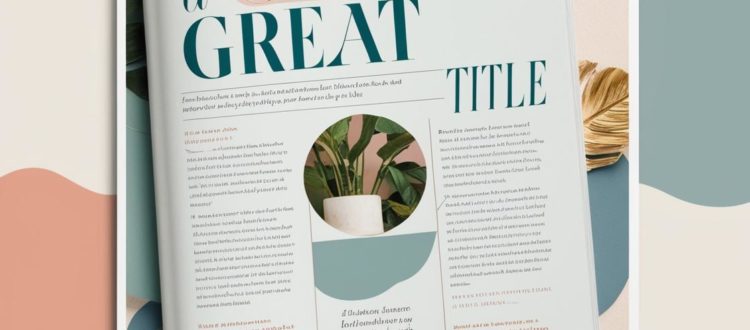How to write catchy titles for Cambridge exams
Why titles are important in the Cambridge exams
Catchy titles are a must when it comes to writing an article or a review, something which candidates taking various Cambridge exams can probably choose to write.
A good story often has a title too, so if our students choose to write a story in Part 2 of the B1 Preliminary, B1 Preliminary for Schools or in B2 First for Schools writing papers, knowing how to write a good title will help them too.
Consider the positive benefits
In real life, we are much more likely to read an article or a blog post if the title catches our eye. So, teaching our students different ways of writing catching titles will be a useful, highly practical skill for them too.
8 ways to write a catchy title
Let’s look back at the title of this blog post and consider other possible titles it could have.
- How to write catchy titles for Cambridge exams
- The best way to write catchy titles for Cambridge exams
- Discover how to write a catchy title for your Cambridge exam
- Learning to write catchy titles for Cambridge exams
- 8 ways to write a catchy title for your Cambridge exam
- Why a catchy title is important for Cambridge exam texts
- Can I help you to write a catchy title for your Cambridge exam texts?
- Catchy titles for your Cambridge exam
Can you explain these 8 ways?
Of course! Here you are:
- How to + infinitive One of the most popular way to start a title and attract people who want to learn how to do something or improve their knowledge and skills.
- The best/coolest/most popular Using a superlative adjective, with a positive connotation can often be the best way to start a title. Words often used to continue are way; method; hack; approach ….
- Starting with an imperative, usually with a very positive connection. Discover; Enjoy; Follow; Treat yourself …
- Use an -ing’ form, again usually with verbs showing how this will lead to positive outcomes. Learning to ..; Celebrating …; Looking after …
- Numbers produce results. Apparently title writers and readers love them and they work best written as numbers, not words.
- Start with a question word: Why; When; Where; Who for example.
- Ask a question (then go on to answer it in your article, or your review.)
- Use a positive adjective to make what follows sound attractive. Did my catchy title catch your attention and make you want to use this post? The ultimate guide to writing titles Fresh insights into writing titles.
Practising title writing in class
- Share the above ways of writing titles with your students.
- Select a Cambridge sample question which asks candidates to write an article or review. In pairs or groups, ask students to write eight different titles for the article or review.
- For example, this sample article task, from the B2 First for Schools Handbook (page 41).

8 titles for this task
- How to make sure that this plate survives
- The most unusual family possession ever
- Discover our family’s lucky charm
- Taking care of a treasured possession
- 3 generations have loved this toy
- Why we love this old clock
- Why do we care so much about this old photograph?
- The thrilling story behind our toy box
I think it’s really worth spending time on this. By breaking down writing into manageable chunks, we can really help our students with their writing – and with generating ideas too, as I think the above titles show.
So you want to find out more?
If you’re interested in exploring the world of titles further, then there are some interesting insights – and examples of – successful titles in this article about headlines.

